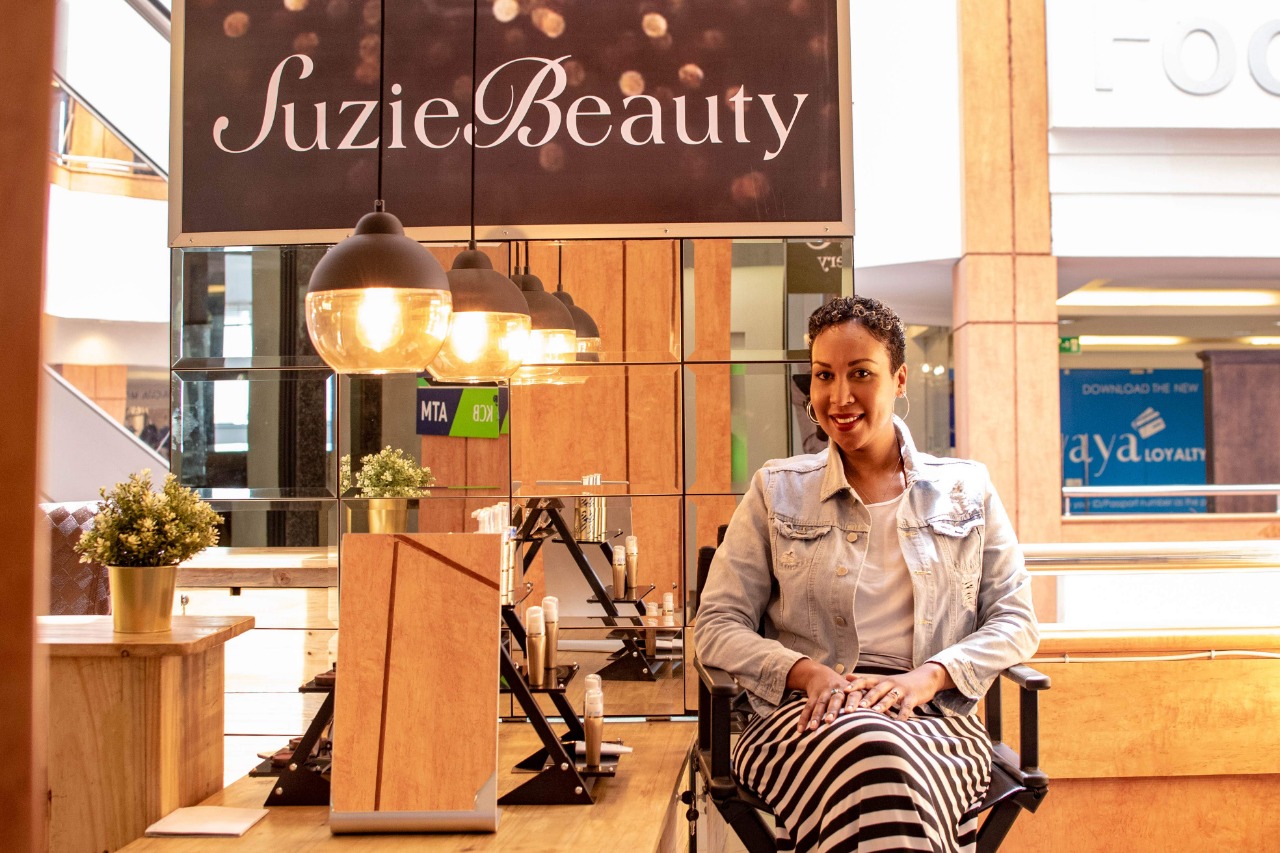How Customer Needs are Shaping the Consumption of Real Estate
24 December, 2025 / Articles
According to a 2018 PwC study, consumers are willing to pay up to 16% more for a better customer experience. In the real estate sector, globalization and growth of the middle- and high-income brackets has seen clients’ needs evolve, creating the need for developers to curate their products and services in order to keep up. More real estate companies are attempting to streamline the customer experience, especially now, when competition is cut-throat. Five of the common customer needs that are shaping the sector include:
- Affordability Concern – This has continued to shape the residential sector at a time when home prices are outstripping people’s incomes, coupled by looming business and economic uncertainties. As such, more people are choosing to move farther away from central business and instead commuting from satellite towns, where homes are more affordable and life is more serene.
- Co-buying/Co-living – Globally, sharing has become the new economy. As customers’ tastes and preferences evolve, customers, especially millennials, are increasingly inclining towards temporary living spaces. This has seen the advent of concepts such as co-working spaces where an office space is rented for a few hours; co-living, a trend that is gaining traction particularly in urban areas where cost of living is high; and concepts such as Airbnb in the hospitality industry, driven by tourists’ growing preference for a culturally-enhanced visiting experience as opposed to staying away in a hotel.
- Live, Work and Play – The modern consumer craves convenience evidenced by the soaring demand for properties near retail centres. For instance, residential units located within mixed-use developments had an annual uptake of 26.5% in 2019, 5.4% points higher than conventional residential spaces. Clearly, the middle-class segment prefers spaces that allow them to live near work and travel shorter distances to recreational spots.
- Digitization of The Customer Experience – As technologies become cheaper and easier to use, more are being incorporated into the real estate industry. For instance, the advent of immersive technologies is changing how customers interact with property. With augmented and virtual reality, clients are able to get 360-degree tours of several properties from any location, as opposed to the traditional manual method of finding, viewing, and buying – a tiring, inconvenient and time-consuming process. Additionally, Chatbots provide 24/7 service, elevating the customer experiencing, as buyers are able find information that matches their needs automatically. This reduces frustration and helps real estate firms to forge strong relationships with their clients.
- Sustainability – This is a trend that is largely prevalent in the commercial real estate sector. Tenants are increasingly prioritizing their well-being as they realise that, through a desirable workplace, they can enhance and improve productivity whilst reducing staff discord and absenteeism due to sickness. To this end, the real estate industry has incorporated sustainable building practices. This shift is also prevalent in the retail sector as mall developers seek to provide a safe, comfortable and enjoyable recreational and shopping environment that attracts both tenancy and footfall. Generally, green buildings are attractive to occupants, and thus they attract a more stable tenancy and premium rents.
The real estate landscape continues to transform as clients’ needs and preferences continue to evolve. As such, real estate developers ought to conduct proper research to identify the prevailing trends in order to guide their investments.





